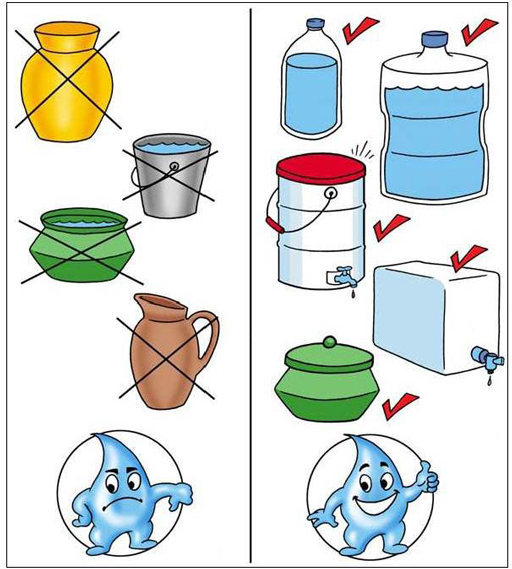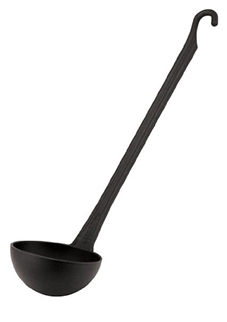10.4 Safe storage and handling of water in the home
The most desirable specification for a water storage vessel for households is that it:
- has a capacity of between 10 and 25 litres, is rectangular or cylindrical with a flat base and has one or more handles, for portability, stability and ease of storage
- is made oflightweight, oxidation-resistant plastic (so that it does not deteriorate with time), such as high-density polyethylene or polypropylene, for durability and shock resistance
- is opaque to prevent the growth of algae
- is fitted with a screw-cap opening that is wide enough to facilitate cleaning but small enough to discourage or prevent the introduction of hands or dipping utensils
- is fitted with a durable tap for dispensing water so that human contact with the stored water is impossible (Figure 10.14).
Why is the recommended upper limit for the water storage vessel 25 litres?
The weight of 25 litres of water is 25 kg. This is just about manageable for an adult to lift.

Having collected, transported, treated and stored the water, households have to handle the water carefully so that it does not become contaminated. It is essential that hands are not put into the treated water. The best option is to use a tap. If the container does not have a tap, and the container has a narrow neck, the water can be poured out carefully. If the container has a wide neck, a long-handled ladle (Figure 10.15) should be used to take the water out of the container. This is preferable to using a mug or jug, because hands can inadvertently contaminate the water.

10.3.3 P&G Purifier of water
